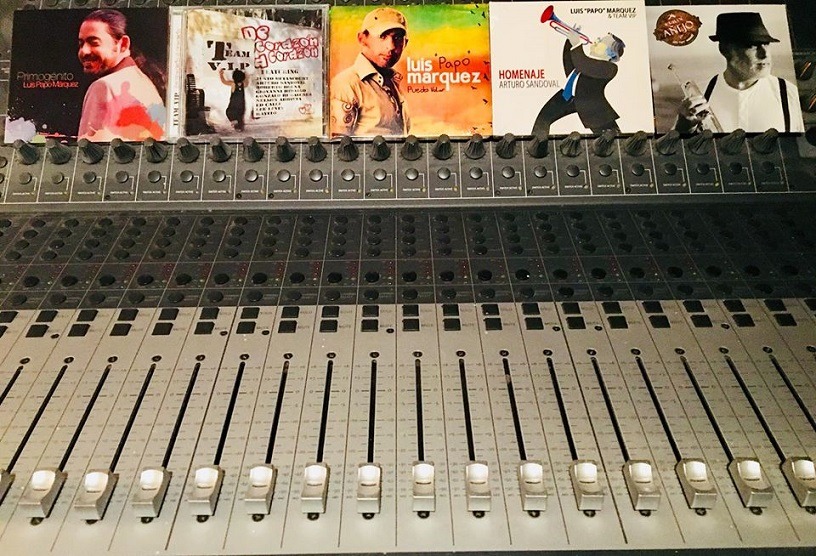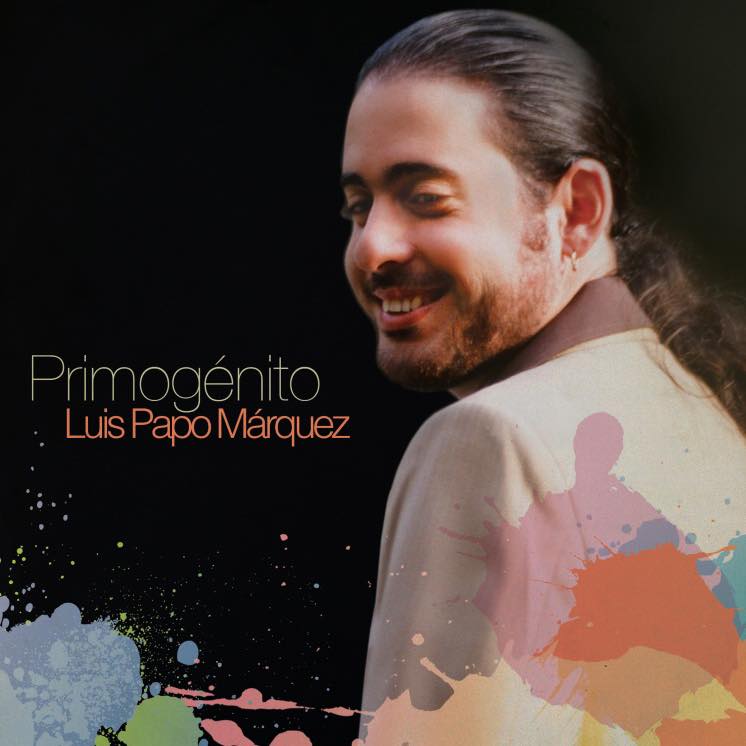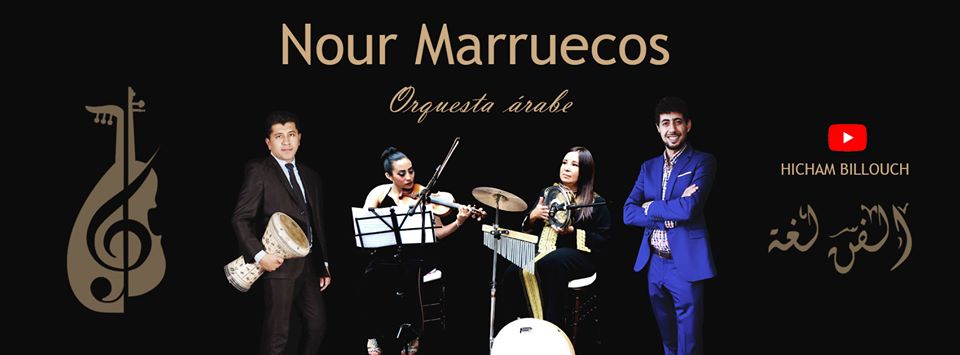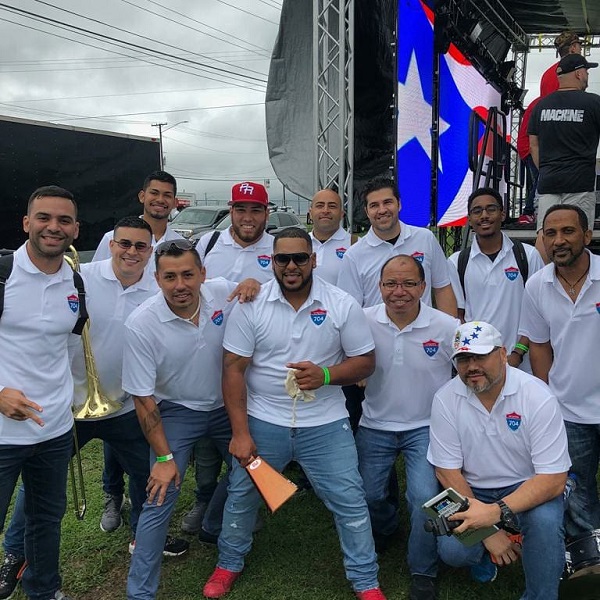One of the greatest Venezuelan arrangers that Venezuela’s tropical music could have had passed away on May 5, 1979, 44 years without Stelio Bosch Cabrujas.
Bosch Cabrujas was the arranger and assistant director of both Billos and Los Melódicos and was the architect of the success of both orchestras in the 60’s and 70’s.
A remarkable musician, but completely forgotten by the new generations.
Stelio deserves to have his place of honor in the tropical music of the Caribbean. Stelio, a native of the State of Bolivar, from a very young age, entered the musical field as a musician and arranger.

His musical beginnings date back to the 40’s, when he performed “Campesino” for the then Billo’s, where he was recorded by Victor Perez.
Stelio’s musical baggage at the beginning was as a tres player for La Sonora Caracas, he worked with Pedro J. Belisario’s orchestra in the 50’s. He arranged a lot for the radio programs in the musical shows that they presented under the auspices of various commercial brands.
History of Sonora Caracas
Surrounded by an aura of mystery, elusive discography, and a special attraction as a pioneer of the son groups in Caracas. For a long time it was the musical platform for many local tours and recordings of Caribbean music luminaries, when they visited us in the golden age of radio and incipient television. Backed by more than a hundred immortal recordings, ranging from some of the first acetate recordings of Celia Cruz, to Daniel Santos and his theme forbidden by the always conservative Catholic Church.
Contrary to what some critics thought at the time, it was not a bad copy of its namesake matancera, they began under the structure of a septet, and later in their golden age they abstained from using the nasal choirs, they managed a structure of three trumpets, a clear hammer of the bongo accompanied by the congas, in a group with its own personality and that served as a school for some of the most important orchestra directors of the coming decades in our country.

The first Sonora Caracas
In September 1933, our capital was musically shaken by the visit of the Trio Matamoros, famous movie and record stars, who during their twenty continuous days at the prestigious Teatro Ayacucho, stirred up a bucolic Caracas with their sones and boleros, and when they traveled to the west of our country1, they sowed the seeds of the first son groups in Venezuela.
He was in the quintet Los Modernos, who on several occasions accompanied Felipe Pirela on TV. He was the pianist.
He worked for Los Guaracheros de Manolo (when he left Billo’s) and also worked with the Orquesta Sans Sousi.
He worked for a short time in Carlos Guerra’s orchestra and from there he made the leap to Renato Capriles’ Melodicos, recommended by Freddy Coronado when he was the director of LM.

When Coronado left the direction of LM, Stelio took over the musical direction and catapulted them to the fat and unequaled sound of lm in the 60’s, which represented a sonority like few others.
When Stelio left lm, Manolo Monterrey’s orchestra joined the harmonies, and he suggested to Manolo that he return to lm, which the Antillean cyclone accepted and returned triumphantly to Renato’s organization.
At the beginning of the 70’s Stelio goes to work with the most popular band in Venezuela and there Stelio’s arrangement work gives another big hit, his contribution is immense and Billo’s goes on to live one of the greatest decades that Billo Frómeta’s group has ever had.

The contribution of Stelio Bosch Cabrujas to tropical music is worthy of study and review, to be included in university courses so that the new generations of arrangers and musicians understand the legacy of a musician who is threatened to be forgotten, it is up to us to make sure that this does not happen and it is mandatory to keep his memory alive.
Sources:
Newspaper library of the popular music of Venezuela.
Gherson Maldonado
Read Also: Renato Capriles, the man who imposed the rhythm with “Los Melodicos”
















